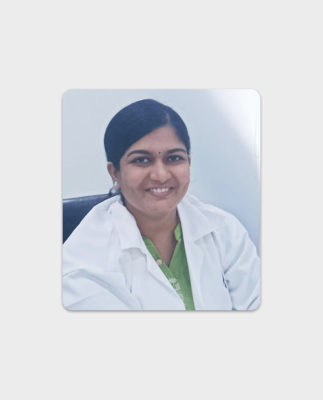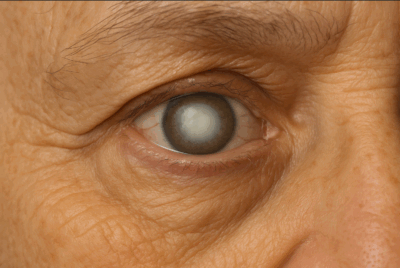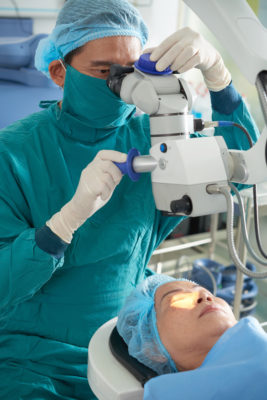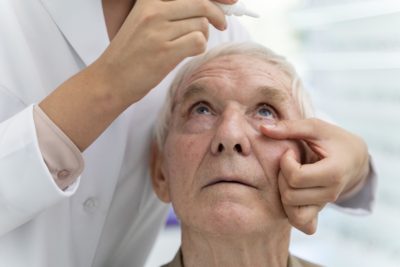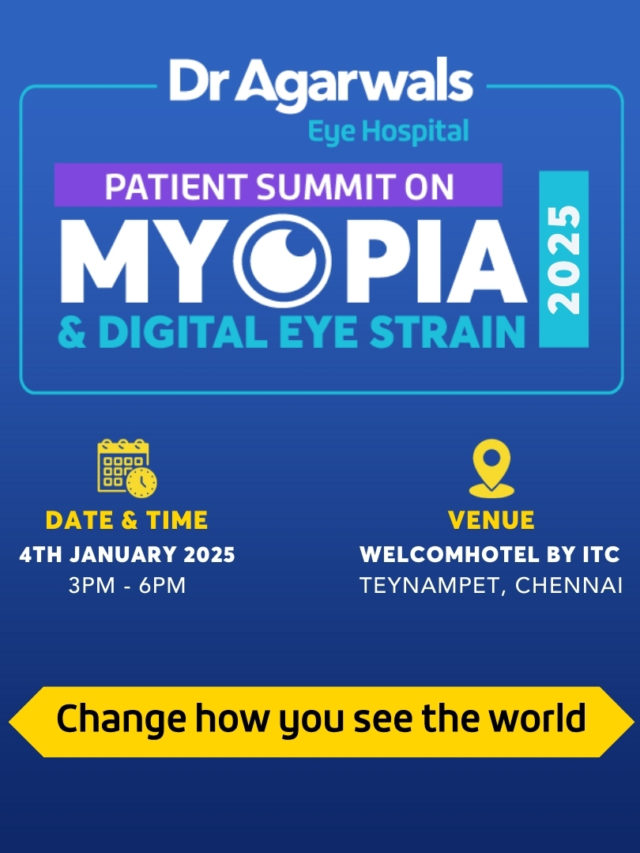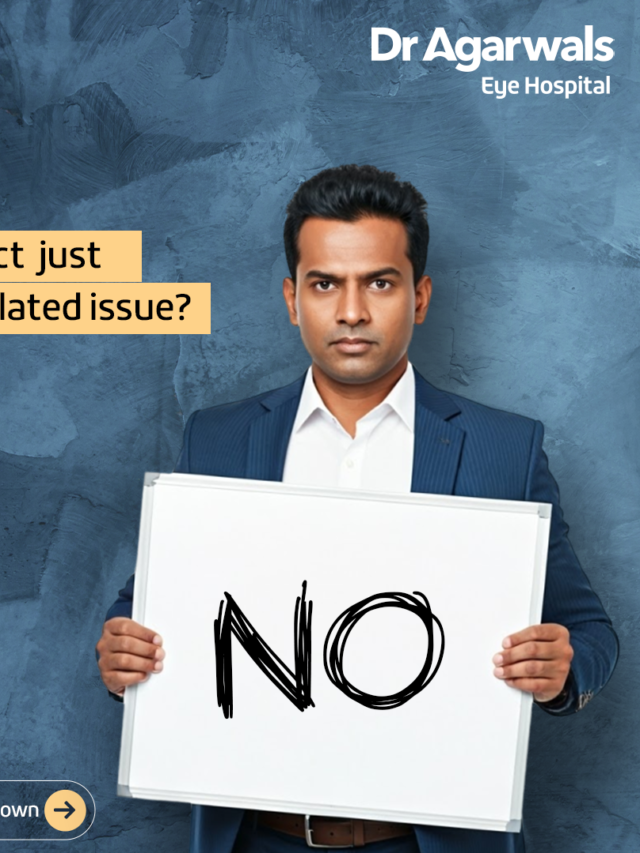For many patients, one of the most common questions after cataract surgery is – When can I cook again? Since food preparation is part of daily life, it’s important to balance your recovery with safe reintroduction of household activities.
Cooking after cataract surgery requires careful timing, simple precautions, and gradual adjustments to protect your healing eyes while still maintaining independence and proper nutrition.

Understanding Your Cataract Surgery Recovery
Cataract surgery involves removing the cloudy natural lens and replacing it with an artificial intraocular lens (IOL). Recovery is usually smooth, with most patients experiencing improved vision within a few days.
However, full healing can take 4-6 weeks, during which the eye remains sensitive to strain, heat, and potential irritants. Avoiding stress on your eyes during this period is essential, which is why questions like “after cataract surgery, can I cook?” are so common.
When Can I Cook After Cataract Surgery?
Day 1-2: Rest completely
In the first two days, the eye is extremely vulnerable. Cooking should be avoided entirely.
Focus on rest, eye drop administration, and protecting the eye from dust, smoke, and accidental contact. Prepared meals or help from family is best.
Day 3-5: Light prep like assembling salads
By the third day, patients may attempt very light food tasks such as assembling a salad or making a cold sandwich. Still avoid stoves, ovens, and steam exposure. This is the safest answer to “how soon can I cook after cataract surgery?”
Week 1: Cut soft veggies or stir simple recipes
From the end of the first week, gentle activities such as chopping soft vegetables or mixing ingredients can be resumed. Cooking with high heat, heavy pans, or oil splatter should still be avoided, as eyes remain vulnerable to irritation.
Week 2 and Beyond: Gradually resume normal cooking
By the second week, many people feel confident enough to return to routine cooking. However, it’s best to prioritise safe methods like steaming, boiling, or baking. Deep frying and heavy lifting should be delayed until after your surgeon’s follow-up approval.
This timeline addresses both “how many days after cataract surgery can you cook” and “how soon can you cook after cataract surgery,” emphasising that safety and gradual progress are key.
Why Avoid Cooking Too Soon? Risks and Reasons
Burn Risks & Depth‑Perception Issues
Early after surgery, vision may be blurry or depth perception altered. This makes handling hot pans, knives, or liquids risky. Even small splashes can cause discomfort or damage, so avoiding burns is a priority during recovery.
Steam & Oil Splashes
Hot steam from pots or oil splatters from frying pans can irritate or even infect a healing eye. Since the incision is still delicate, even minor exposure can cause inflammation and delay recovery.
Chemical Irritants
Strong cooking odours, smoke, cleaning sprays, and even powdered spices can aggravate sensitive eyes. In the initial days, avoiding exposure to irritants helps reduce redness and prevent discomfort during healing.
Safe Cooking Tips After Cataract Surgery
Cooking doesn’t have to be stressful after cataract surgery. With small changes, you can return to the kitchen safely.
Wear Protective Glasses
Wearing clear protective glasses can shield your eyes from steam, splashes, or dust. This is especially important when using hot oil, spices, or chopping onions, all of which can irritate sensitive eyes.
Use Pre-Chopped Ingredients & No-Cook Options
Reduce strain by preparing and freezing chopped vegetables before surgery or purchasing pre-chopped packs. No-cook meals, such as salads, sandwiches, or fruit bowls, make cooking easier and safer after cataract surgery in the first two weeks.
Cook in a Bright, Well‑Lit Kitchen
Improved lighting helps compensate for temporary fluctuations in vision. A bright, organised workspace reduces the risk of accidents such as cutting injuries or spilling hot liquids.
Avoid Deep Frying & Use Slow Cookers
Instead of frying, opt for gentler methods like steaming, boiling, or baking. Slow cookers and instant pots are excellent choices, reducing time at the stove and limiting exposure to heat and steam.
Sit While Cooking & Avoid Heavy Lifting
Sitting at a counter while chopping or stirring helps conserve energy and avoid unnecessary bending, which can strain your eyes. Heavy pots or pans should be avoided until full recovery is confirmed.
Meal Prep and Alternatives During Recovery
Planning makes life easier in the first days after surgery. Preparing freezer-friendly meals, such as soups, curries, or casseroles, before surgery ensures you have healthy options readily available.
For convenience, consider meal delivery services or no-cook meals like rotisserie chicken, sandwiches, and yoghurt bowls. Family or friends can also help with food preparation during the initial recovery period.
Nutrition for Healing: Foods to Eat & Avoid After Cataract Surgery
A nutritious diet plays an important role in healing after cataract surgery, supporting both recovery and long-term eye health.
Best Foods for Eye Healing
Include leafy greens rich in lutein and zeaxanthin, carrots and sweet potatoes for beta-carotene, nuts and seeds for omega-3s, and oily fish like salmon. These foods promote eye strength and overall recovery.
Foods to Avoid During Recovery
Limit salty, sugary, or processed foods that can raise blood pressure or delay healing. Alcohol should be avoided, as it interferes with recovery and can dehydrate the body.
Conclusion
The answer to “Can I cook after cataract surgery?” depends on your stage of recovery. In the first few days, avoid cooking entirely. By the second week, you may return to light cooking with safety adjustments.
Protecting your eyes, avoiding irritants, and eating nutritious meals will support faster healing. Always follow your doctor’s guidance on activity restrictions and remember that your safety comes first.
